The Maltese breed is known for its robust health and longevity, often gracing their owners' lives well into the double-digit years. Ethical breeders make it a priority to check their breeding stock for certain health issues, such as sliding kneecaps (luxating patella) and heart problems like patent ductus arteriosus or PDA. It's advisable for Maltese puppies to undergo bile-acid testing as a precaution against inborn liver conditions including liver shunt and microvascular dysplasia (MVD). Although cases of encephalitis also known as GME have been observed in the breed, currently no screening test exists. The American Maltese Association is actively collaborating with scientific researchers to discover solutions and potentially develop a genetic test soon. Like all small breeds, dental care is crucial for Maltese. Daily brushing with canine-specific toothpaste, alongside regular dental check-ups and cleanings by a veterinarian is essential to maintain their oral health. Health Assessment Recommendations from the Breed's National Association:
|
Maltese
ATTRIBUTES: Playful, Charming, Gentle
GROUP: Toy Group
ACIVITY LEVEL: Regular Exercise
BARKING LEVEL: Medium
COAT TYPE: Silky
COAT LENGTH: Long
SHADDING: Infrequent
SIZE: XSmall
TRAINABILITY: Agreeable
CHARACTERISTIC: Smallest Dog Breeds, Best Dogs For Apartment Dwellers, Hypoallergenic Dogs
Breed Overview

Ancestry
Terrier

Origin
Malta

Registration
1888
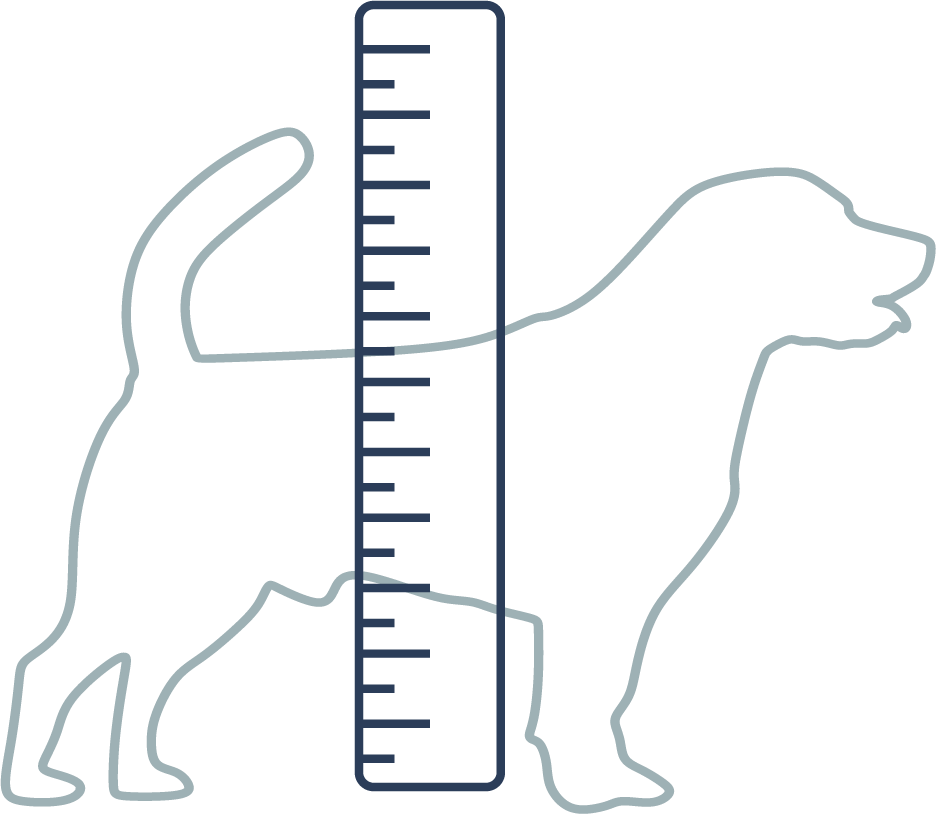
Size
7 - 9 Inches

Weight
Under 7 Pounds

Expected Life
12-15 Years
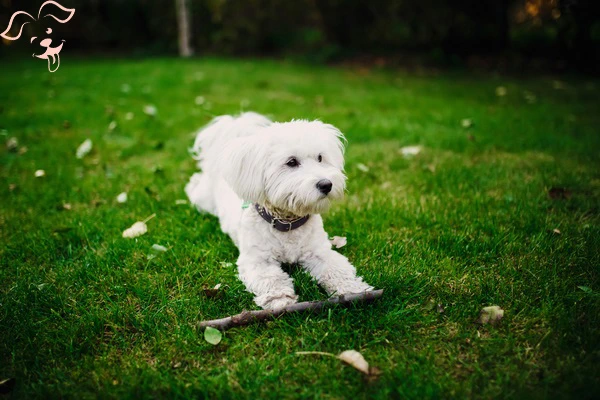
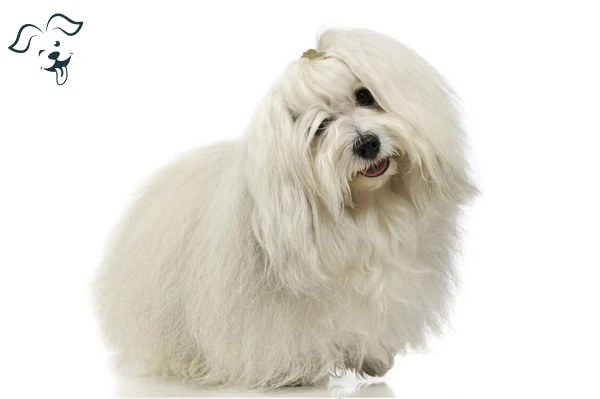

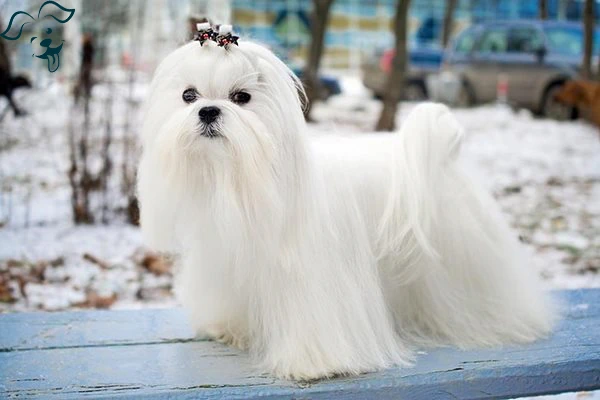





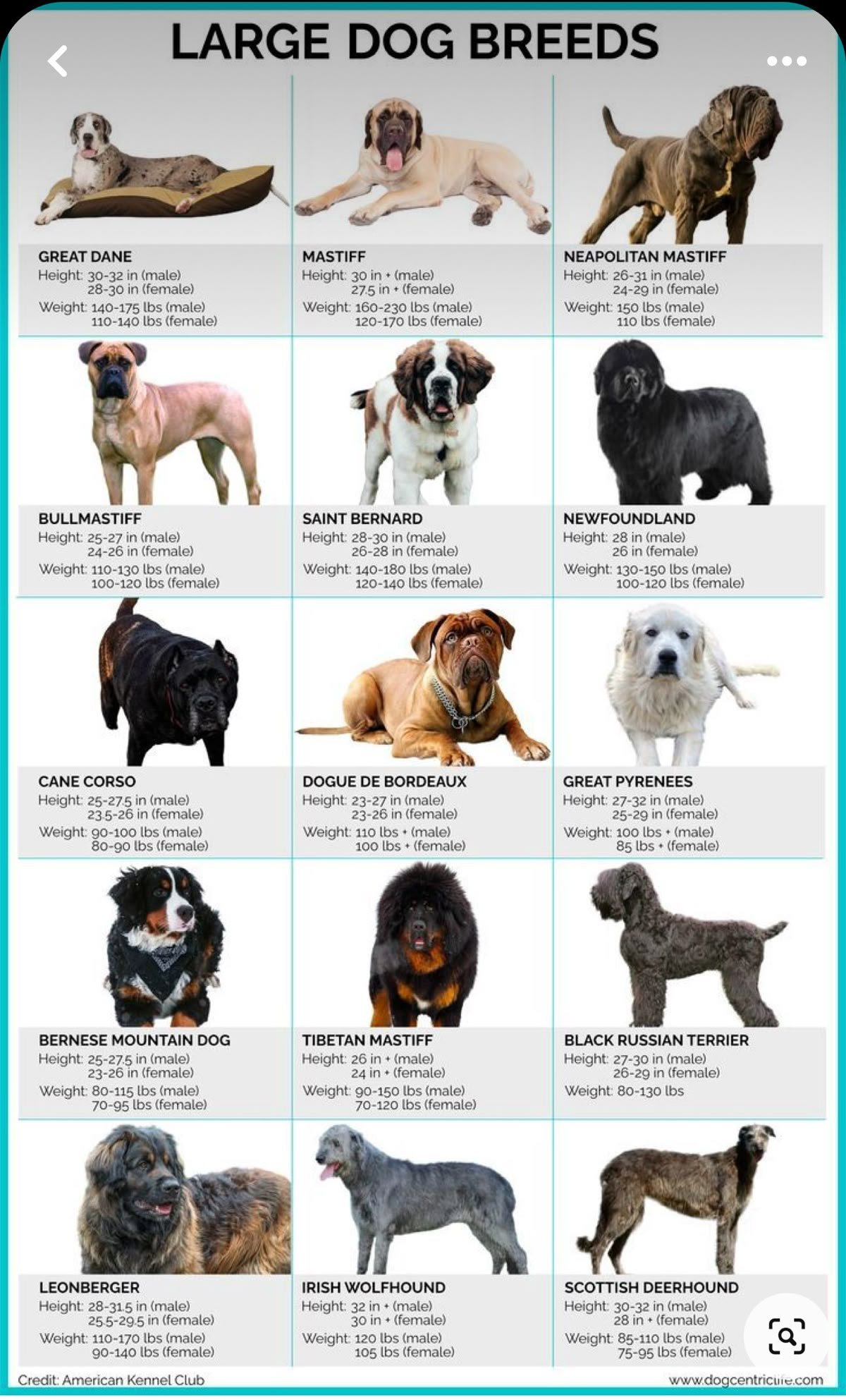



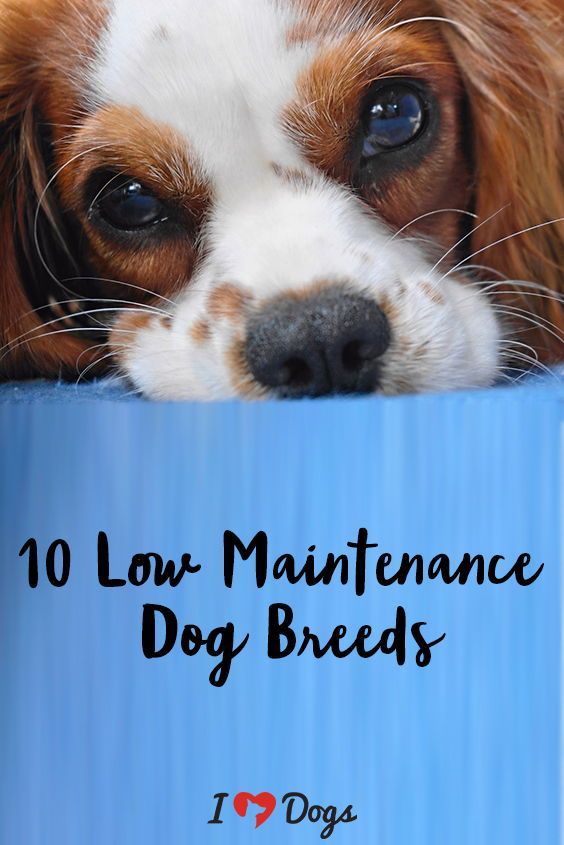
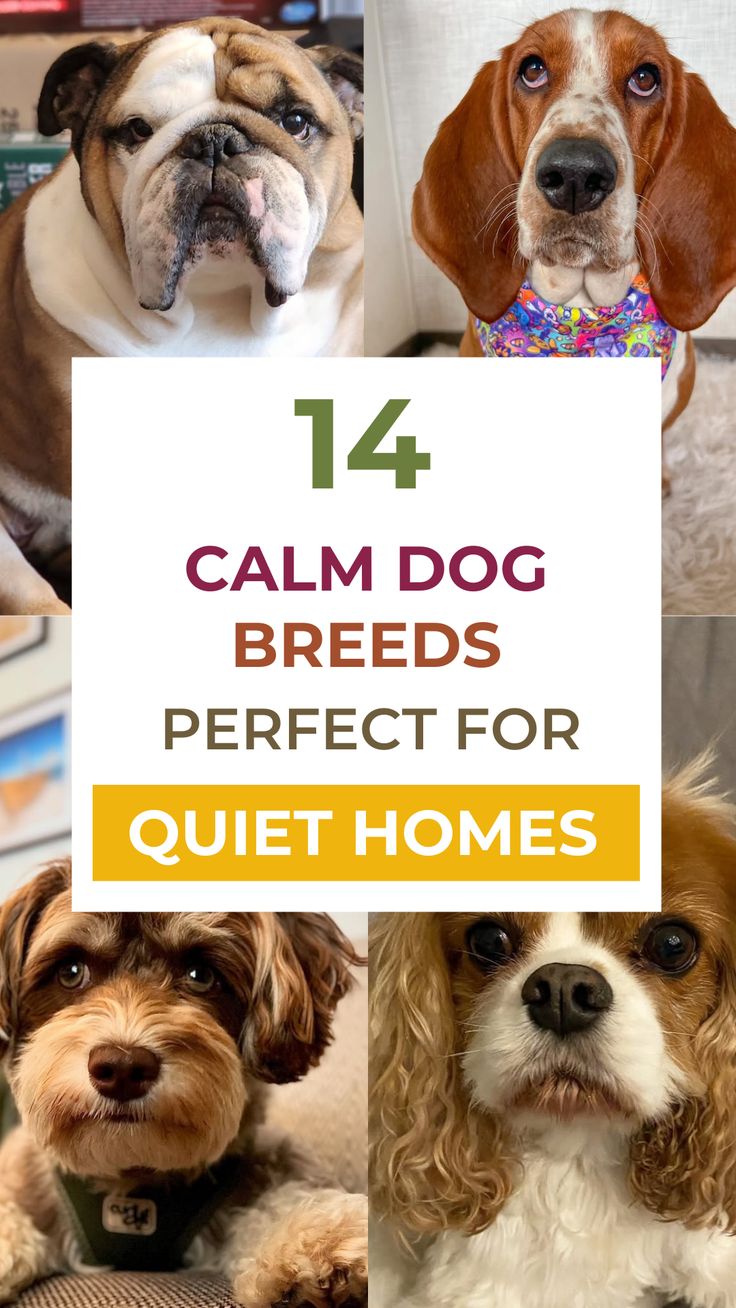

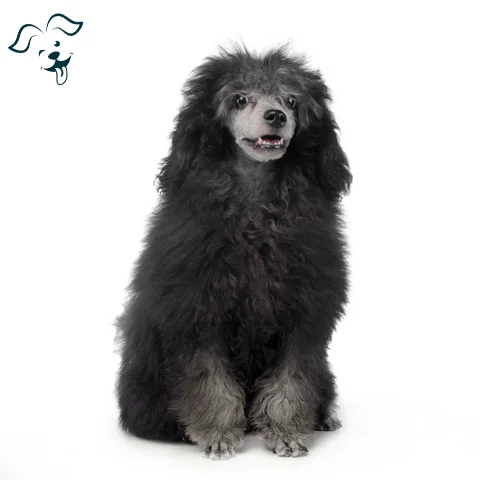


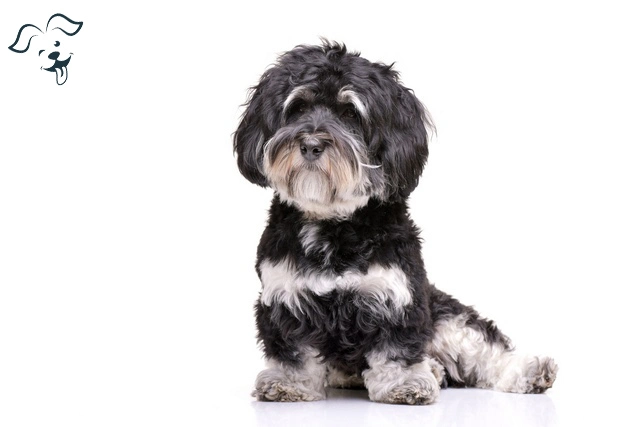
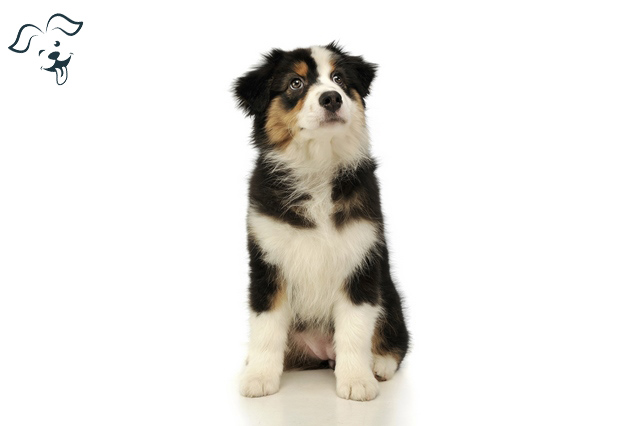

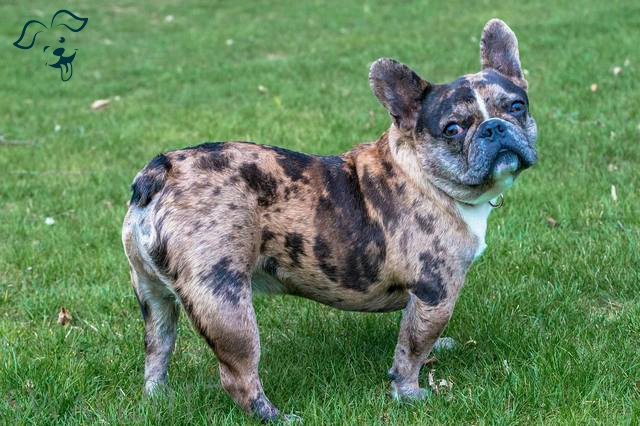
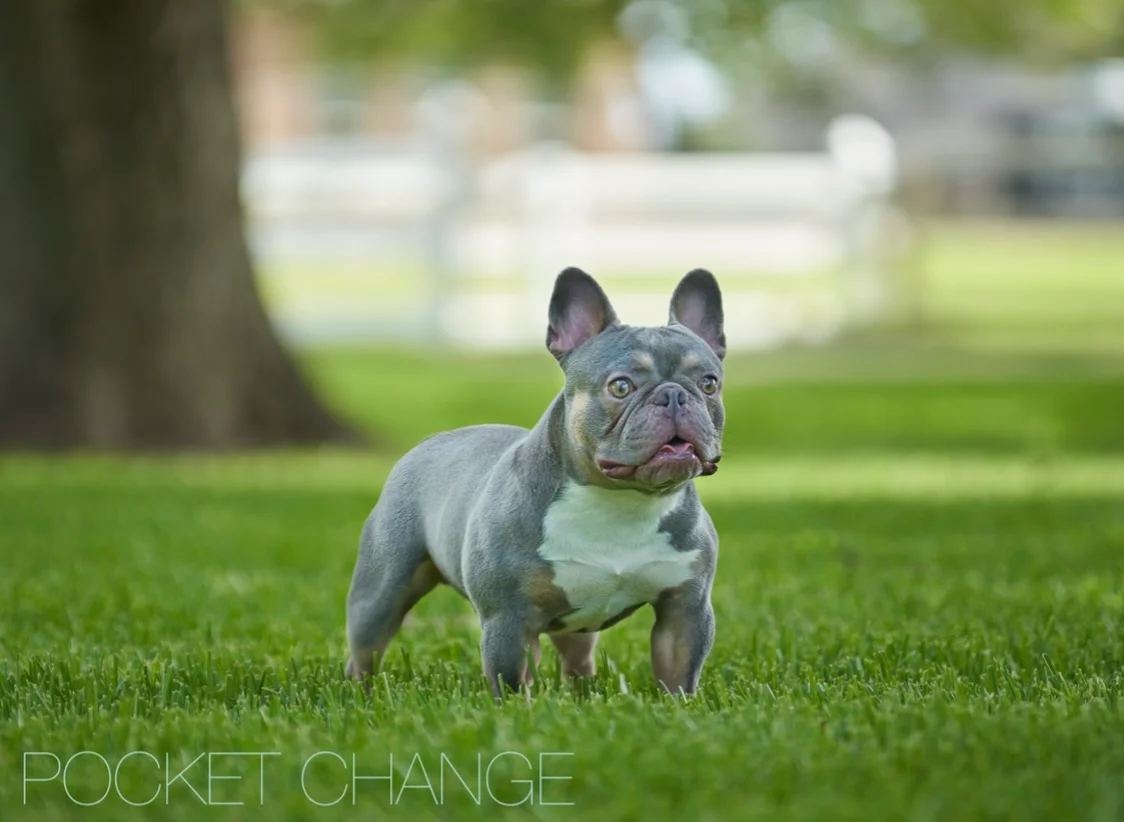
FRIENDLINESS
LIVELINESS
VIGILANCE INTENSITY
ADAPTATION CAPACITY